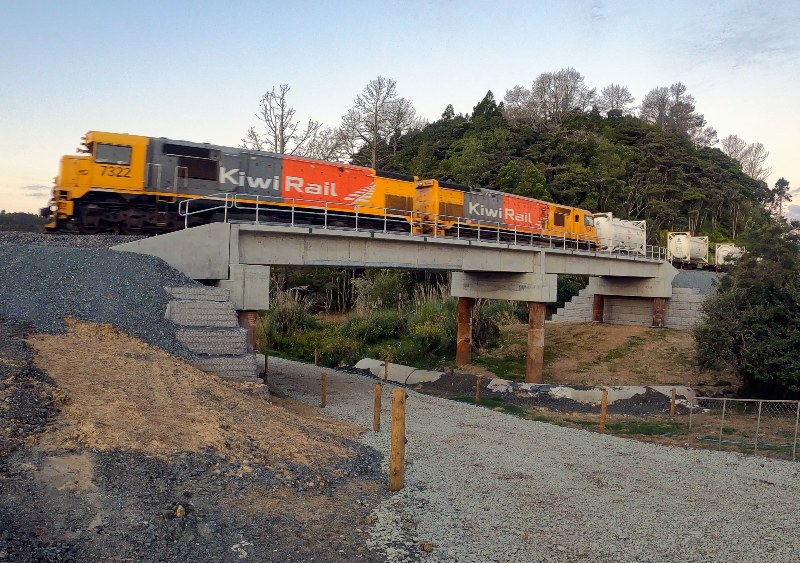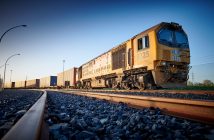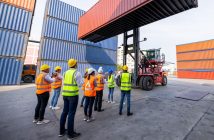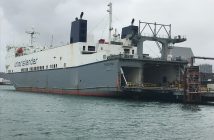KiwiRail says $661.5m will keep the rebuild of New Zealand’s railway on track, but realistically it will just bring it to the standard it should be at already

Budget 2022 brings the Government’s total investment in KiwiRail to $8.6 billion.
$349.2m of this year’s investment in the freight network will replace KiwiRail’s ageing rolling stock with modern, energy efficient units.
Infrastructure New Zealand Chief Executive Claire Edmondson says while we should see positive outcomes for freight and people-moving, the replacement of old assets will realistically, bring them up to where they should already be.
KiwiRail Acting Chief Executive David Gordon says the investment is bringing KiwiRail’s end-of-life locomotive and wagon fleet into the 21st Century.
“The $349.2 million enables us to purchase up to 29 new light-duty locomotives, specialist wagons and components which will make our wagon fleet more versatile.
“This funding marks the completion of our asset replacement and facility upgrade programme, which has already received $1.6 billion funding through Budgets 2019 to 2021.”
The remaining $312.3m will continue to raise the standard of the national rail network, he says.
“KiwiRail is working across the country, to improve tracks, bridges and other rail infrastructure, through the Rail Network Investment Programme. We are working to lift the standard of our national network to ensure it is resilient and reliable, after decades of underinvestment.
“Previous Budgets funded the first three years of the Programme and Budget 2022 builds on this by funding the fourth year (2024/25). It gives us a solid level of funding certainty, which means we can better plan our work, manage costs and ensure we have the staff to carry it out.”
KiwiRail is in the midst of an exciting transformation which will make better use of the rail network for New Zealanders and enable the State-Owned Enterprise to have a strong commercial future, Gordon says.
“Budget 2022 lifts the Government’s investment in KiwiRail to $8.6 billion, allowing us to procure assets and undertake a range of rail projects.
“For example, with funding received so far, we have purchased 57 low-emissions locomotives for use in the South Island, which are due to begin arriving in early 2024; 16 zero-emission shunt locomotives which are now in service; and we are currently in the market for larger, low-emission shunts.
“Funding has also allowed us to purchase more than 1,300 freight wagons; and seismically strengthen and update maintenance facilities across the country. We are in the process of rebuilding Dunedin’s Hillside Workshops, where we expect to begin assembling around 1,500 more wagons late next year, creating new skilled jobs.
“We are very thankful for the Government’s support, which has been substantial. It is setting up rail in New Zealand for a bright future.”
While trains have 70 percent fewer emissions per tonne carried compared with heavy road transport, KiwiRail carries only about 12 percent of the national freight task.
“Having tracks that are up to standard and funding certainty to make sure they stay that way, as well as having efficient, reliable locomotives and wagons, means we can offer better freight services to Kiwi businesses,” Gordon says.
“These are the crucial building blocks that will enable more freight to be moved on rail, reduce transport emissions, and underpin KiwiRail’s strategy for commercial growth and self-sustainability.”







